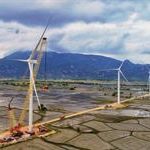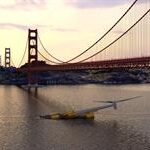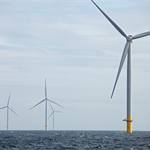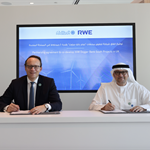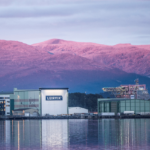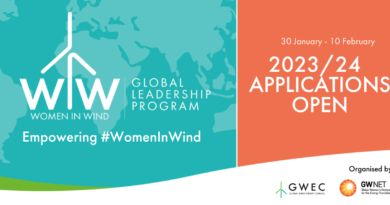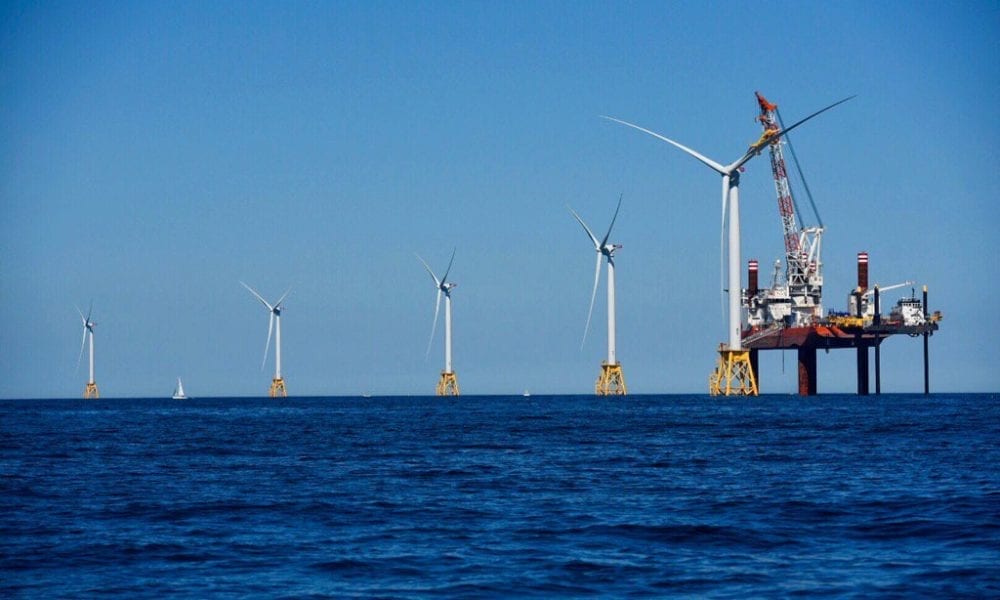Acciona Energía to buy into floating offshore wind startup Eolink
Energy Disrupter
Spanish energy company Acciona Energía has agreed to acquire a 24% stake in engineering firm Eolink, which aims to demonstrate its floating wind concept at a French test site next year.
French startup Eolink is developing a pyramid-shaped floating wind turbine concept with the nacelle supported by four masts rather than a single tower.
It claims this will make the structure more resistant to marine conditions and reduce its mass compared to a traditional, single-tower turbine on a semi-submersible platform. The platform’s lighter structure and better distribution of load should reduce operations and maintenance works, it added.
Eolink’s concept also features an anchoring system that allows it to change its position naturally to face the wind. A spokesman explained that Eolink’s floating wind structure will be achored on, and will rotate around, a pivot buoy (see below). The bouy will be moored to the seabed through three mooring lines and anchors. Meanwhile, the wind thrust on the rotor will make the turbine turn to face the wind, he added.

The manufacturer has already subjected a scaled-down version of its platform to tests in a tank and in open water in north-western France.
It aims to install a pre-commercial unit – with a 150-metre tip height and 5MW power rating – at the SEM-REV test site off the coast of Le Croisic, France next year. Certification agency Bureau Veritas has already approved the design of the 5MW prototype.
Acciona’s investment will strengthen the startup’s financial structure in the short- and medium-term, Eolink explained.
Eolink eventually aims to build turbines with power ratings of more than 15MW and rotor diameters larger than 260 metres.
The companies have signed an agreement for the acquisition and are awaiting regulatory approval before it is completed. They would not confirm the sum Acciona paid or the ownership structure of Eolink.
Acciona is targeting offshore wind farms off Poland, Spain and Portugal – with deep waters in the latter two likely to necessitate the use of floating platforms – but is yet to see an offshore wind farm through to completion.


